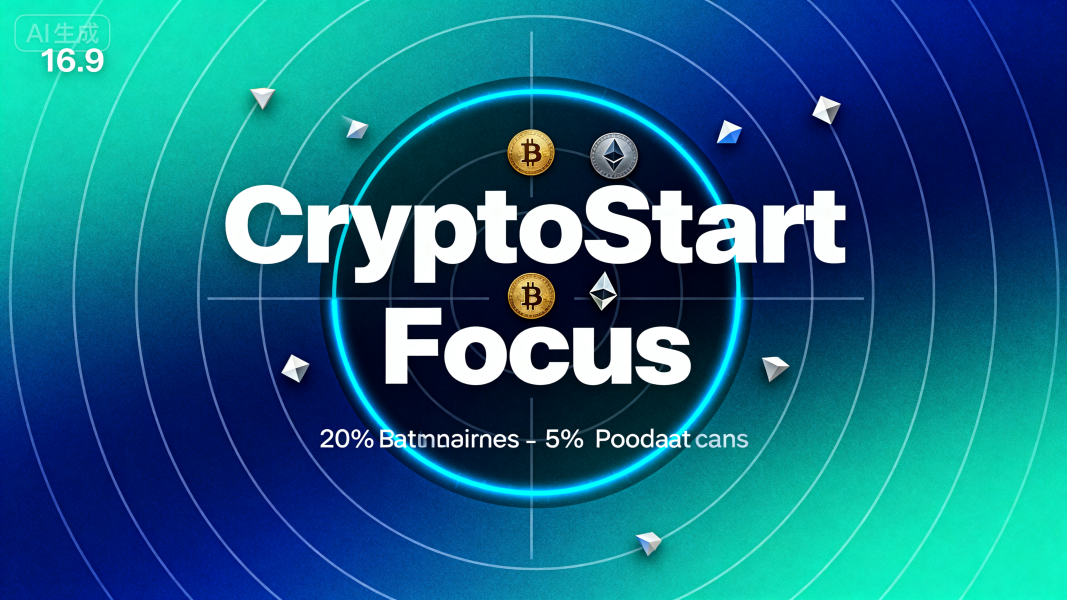Crypto Key Concepts: DEX & Trading Pair
Decentralized Exchange (DEX): Direct Wallet-to-Wallet Trading, with Self-Custody of Assets
In the rapidly evolving landscape of cryptocurrency, Decentralized Exchanges (DEXs) have emerged as a pivotal innovation, redefining how users trade digital assets by emphasizing autonomy and security. Unlike traditional centralized exchanges (CEXs) that act as intermediaries controlling user funds, a DEX enables direct wallet-to-wallet trading, putting users in full control of their assets through self-custody—a core feature that resonates with the decentralized ethos of blockchain technology.
At its core, a DEX operates on blockchain networks using smart contracts to facilitate peer-to-peer (P2P) transactions. When a user wants to trade one cryptocurrency for another on a DEX, they connect their non-custodial wallet (such as MetaMask, Trust Wallet, or Coinbase Wallet) directly to the platform. The smart contract then automatically matches buy and sell orders, executes the trade, and updates the asset ownership on the blockchain—all without requiring a central authority to hold or verify funds. This eliminates the need for account creation, KYC (Know Your Customer) processes in many cases, and the risk of exchange hacks that have plagued CEXs in the past.
Self-custody, a defining characteristic of DEXs, means users retain ownership of their private keys—the cryptographic codes that grant access to digital assets. On CEXs, users essentially entrust their funds to the exchange, which holds private keys on their behalf. This centralization creates single points of failure: if the exchange is hacked or faces regulatory seizure, users may lose access to their assets. DEXs eliminate this risk by ensuring users never surrender control of their private keys, aligning with the “not your keys, not your coins” mantra in the crypto community.
DEXs cater to a wide range of users, from beginners to experienced traders, by offering diverse trading pairs and user-friendly interfaces. Popular DEXs like Uniswap (built on Ethereum), PancakeSwap (on Binance Smart Chain), and SushiSwap support trading between major cryptocurrencies (such as Bitcoin, Ethereum, and BNB) and lesser-known altcoins, providing liquidity through liquidity pools—crowdsourced funds from users who earn rewards for contributing assets. This liquidity pool model, rather than a traditional order book, is common in many DEXs, making it easier for smaller tokens to gain trading access.
While DEXs offer significant advantages, they also have limitations to consider. Transaction speeds can be slower during periods of high blockchain congestion, and fees may fluctuate based on network demand. Additionally, the lack of central oversight means users must take more responsibility for their trades—for example, verifying smart contract addresses to avoid scams and understanding how to troubleshoot wallet connections. Despite these challenges, DEXs continue to grow in popularity as users prioritize security and autonomy, with innovations like layer-2 integration (to improve speed and reduce fees) driving their evolution.
Trading Pair: A Combination of Two Cryptocurrencies for Trading, Indicating the Price Ratio
For anyone entering the world of cryptocurrency trading, understanding trading pairs is fundamental—they are the building blocks of every trade, representing the combination of two cryptocurrencies that can be exchanged for one another while indicating their relative price ratio. Whether you’re trading on a decentralized exchange (DEX) or centralized exchange (CEX), trading pairs dictate how you buy, sell, and value digital assets, making them a critical concept for all crypto users.
A trading pair consists of two components: the base currency and the quote currency. The base currency is the asset you want to buy or sell, while the quote currency is the asset you use to value or exchange for the base currency. For example, in the popular trading pair BTC/USDT, Bitcoin (BTC) is the base currency, and Tether (USDT)—a stablecoin pegged to the U.S. dollar—is the quote currency. The price of BTC/USDT represents how much USDT you need to buy one BTC (e.g., a price of 60,000 USDT means one BTC costs 60,000 USDT) or how much USDT you’ll receive when selling one BTC.
Trading pairs serve two key purposes: facilitating transactions and providing price transparency. Without trading pairs, exchanging one cryptocurrency for another would require a convoluted process of converting to fiat currency first (e.g., BTC to USD, then USD to ETH), adding fees and complexity. Pairs like ETH/BTC allow direct exchange of two major cryptocurrencies, while pairs with stablecoins (e.g., ETH/USDT, SOL/USDC) let users trade against a fiat-pegged asset to minimize volatility risk.
There are several types of trading pairs to suit different user needs. Major pairs involve the most liquid and widely adopted cryptocurrencies, such as BTC/ETH, BTC/USDT, and ETH/USDC—these pairs typically have high trading volume, tight bid-ask spreads (the difference between buying and selling prices), and are ideal for beginners. Altcoin pairs involve lesser-known cryptocurrencies paired with major assets (e.g., ADA/BTC, DOT/ETH) or other altcoins (e.g., LINK/UNI), offering exposure to smaller projects but often with lower liquidity and wider spreads. Stablecoin pairs are particularly popular among risk-averse traders, as they allow trading without exposure to the extreme price swings of non-stable cryptocurrencies.
Choosing the right trading pair depends on your goals, risk tolerance, and market knowledge. If you’re new to crypto, starting with major stablecoin pairs (e.g., BTC/USDT) is wise, as they are more predictable and liquid. Experienced traders may explore altcoin pairs to capitalize on growth opportunities, but they should research liquidity and market sentiment first. Additionally, understanding how to read trading pair prices is essential: a rising BTC/USDT price means BTC is gaining value relative to USDT, while a falling price means BTC is losing value.
Exchanges typically list hundreds of trading pairs, with popular platforms like Binance, Coinbase, and Uniswap offering thousands to cater to global users. When selecting an exchange, consider the variety of pairs it offers—especially for assets you’re interested in—and factors like fees and security. As the crypto market expands, new trading pairs emerge regularly, reflecting the growing diversity of digital assets and the evolving needs of traders worldwide.

